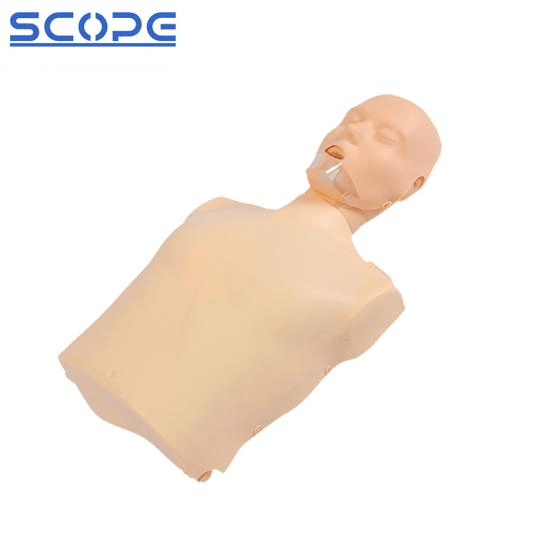How Do I Select the Best Emergency Training Manikin for My Requirements?

The best emergency training manikin for your needs is determined by several factors, including the specific skills you want to train, the type of training environment, your budget, and the level of realism desired. Here are some important factors to consider before making a decision:
l Skillset: Choose which skills you want to improve. For basic CPR training, a simple manikin with realistic chest compression resistance may suffice. More advanced airway management techniques may necessitate the use of a manikin with a simulated airway and feedback mechanisms. A pediatric or geriatric manikin is required to ensure an accurate simulation of patient anatomy and physiology.
l Training Environment: Take into account the environment in which the manikin will be used. If you need a portable manikin for field training or at home, a lightweight and compact model is essential. For institutional training, a larger, more durable manikin may be preferred.
l Budget: Emergency training manikins range in price from low-cost basic models to high-fidelity manikins with advanced features. Set a budget that is compatible with your training needs and your organization's financial resources.
l Level of Realism: Determine the level of realism you want. Basic manikins are a low-cost method of learning fundamental skills. Manikins with intermediate and high fidelity include more realistic features such as simulated bleeding, airway sounds, and feedback mechanisms.
- Art
- Causes
- Crafts
- Dance
- Drinks
- Film
- Fitness
- Food
- Games
- Gardening
- Health
- Home
- Literature
- Music
- Networking
- Other
- Party
- Religion
- Shopping
- Sports
- Theater
- Wellness


